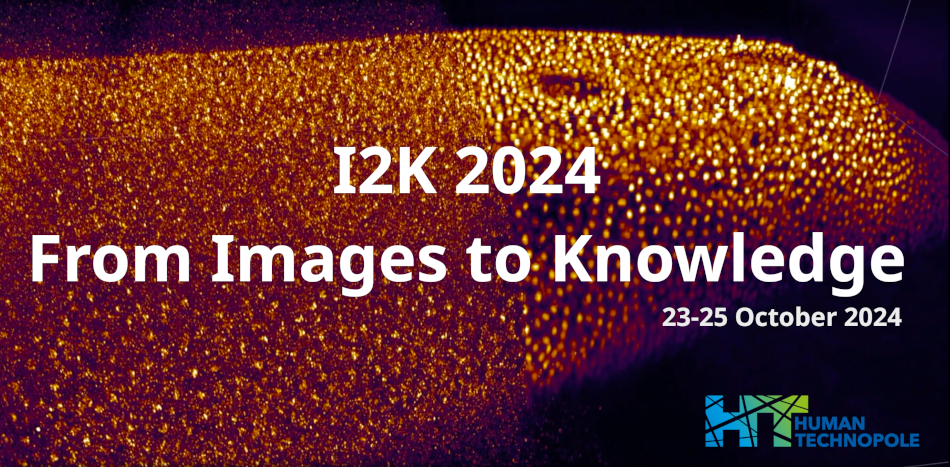Speaker
Description
Recent advancements in image-based spatial RNA profiling enable to resolve tens to hundreds of distinct RNA species with high spatial resolution. In this context, the ability to assign detected RNA transcripts to individual cells is crucial for downstream analysis, such as in-situ cell type calling. To this end, a DAPI channel is acquired, from which nuclei can be segmented by state-of-the art segmentation approaches. However, identifying the boundaries of individual cells remains challenging as membrane marker staining is often absent or with variable quality across the tissue and different cell types.
To address this issue, we introduce two segmentation algorithms, each solving a specific analysis challenge. First we introduce ComSeg [1] (https://github.com/fish-quant/ComSeg), a segmentation algorithm that operates directly on single RNA and nuclei positions without requiring cell membrane staining. ComSeg relies solely on the analysis of gene co-expression and spatial graph clustering.
While modern spatial transcriptomic methods, such as Xenium, MERFISH, and CosmX, provide channels with membrane stains, these markers exhibit heterogeneous quality across tissues and cell types [2]. In this context, we propose RNAseg, a deep learning based method for cell segmentation. Contrary to ComSeg, RNAseg leverages partial cell membrane stainings in addition to the RNAs point. RNAseg automatically detects high-quality membrane staining areas on which it learns the recurrent RNA spatial distributions within cells. RNAseg then leverages these learned RNA patterns to perform segmentation in areas missing membrane staining.
Through comprehensive evaluations, we show that both ComSeg and RNAseg outperform existing state-of-the-art methods for in-situ single-cell RNA profiling each on different experimental datasets .
[1] Defard, T., Laporte, H., Ayan, M. et al. A point cloud segmentation framework for image-based spatial transcriptomics. Commun Biol 7, 823 (2024).
[2] Petukhov, V., Xu, R.J., Soldatov, R.A. et al. Cell segmentation in imaging-based spatial transcriptomics. Nat Biotechnol 40, 345–354 (2022). https://doi.org/10.1038/s41587-021-01044-w
| Authors | Thomas Defard (First Author), Alice Blondel (co-First Author), Florian Mueller (Last Author), Thomas Walter (Last Author), Florian Massip |
|---|---|
| Keywords | spatial transcriptomics, segmentation, MERFISH, Xenium, graph, deep learning |

